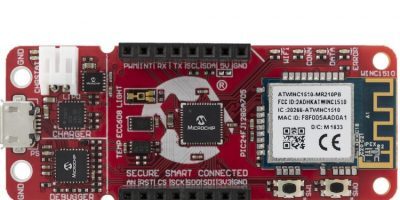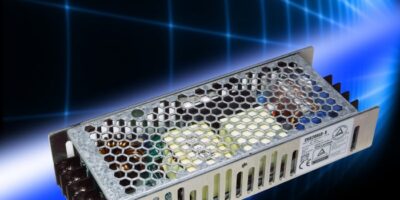Solid state drives from Toshiba Memory Europe will be used in OSR’s Evolver onboard data management, or ‘data centre of wheels’ platform.
The two companies have extended their partnership to provide in-car data centre services as OEM customers are requesting ways of logging, analysing and managing the growing amounts of data.
OSR Enterprises created the Evolver automotive platform for connected, autonomous, shared and electric mobility. This announcement extends the companies’ existing collaboration to enhance live data management and logging in cars, in a vehicle’s data centre, with high-density and low-power solid state drives.
Evolver is described as an artificial intelligence (AI) ‘brain’ for smart, autonomous and securely networked vehicles. The hardware and software platform provides the computing power for the car of the future and operates as a central data hub which stores, processes and analyses real-time data for AI and analytical insights. The data and information are crucial for autonomous driving, customised user experiences and is the foundation for new automotive business models, explains OSR.
One of the elements supporting this capability is an advanced high-density in-car storage. The collaboration with Toshiba Memory Europe. The combination of the technologies ensures that the development cycles of OSR’s OEM customers are shortened, while retaining robustness for a solid development process, claims the company.
Toshiba Memory’s flash technology features high performance, low latency and high-density solid-state drives. Toshiba Memory’s CM5 NVM Express™ (NVMe) is built with its latest 64 layer, three-bit-per-cell enterprise-class TLC (triple-level cell) BiCS Flash, making today’s demanding storage environments possible. This, combined with selectable power modes in Toshiba Memory’s solid state drives (SSDs) which improve the thermal performance and heat dissipation of the system. Additionally, optimal operation and data integrity is provided by its power loss protection technology within the storage components.
OSR Enterprises is a Swiss based automotive Tier 1 supplier with R&D centres in Switzerland and Israel.
Toshiba Memory Europe is the European business of Toshiba Memory Corporation.






